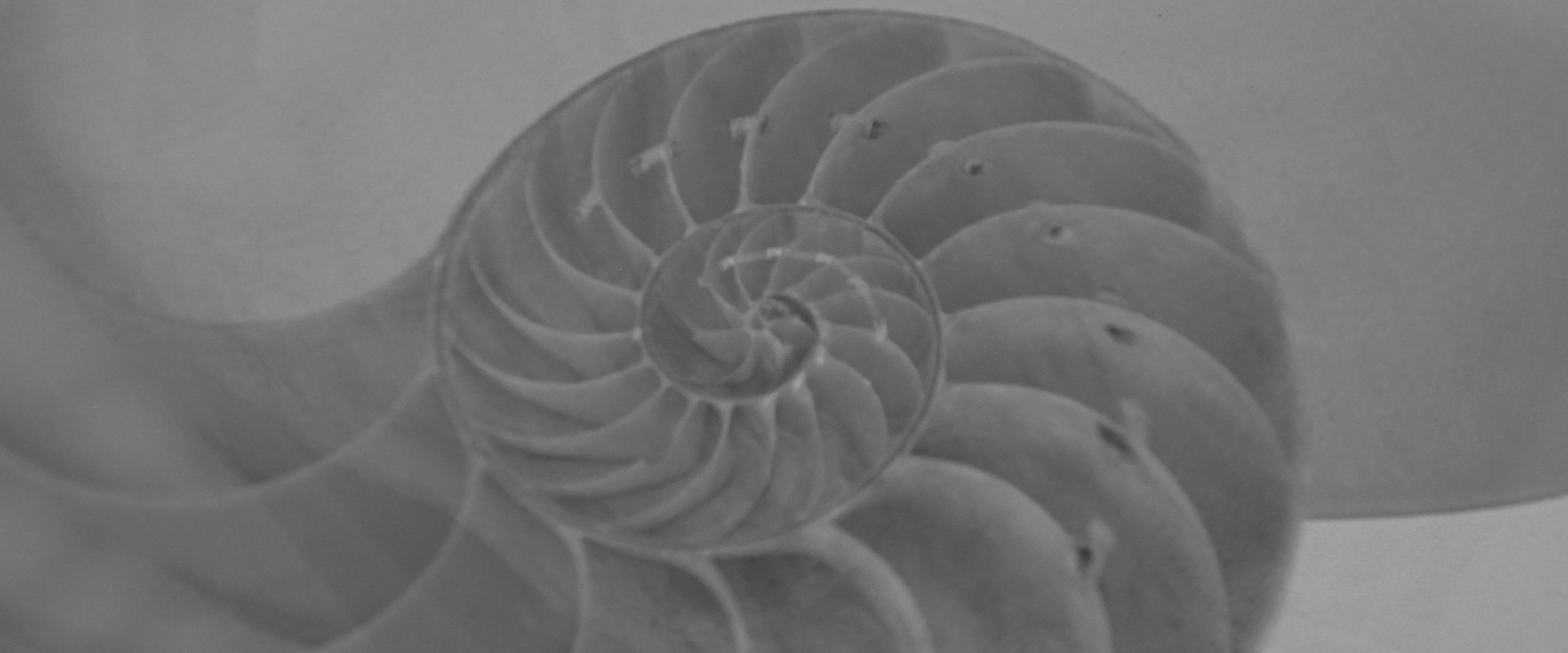
LENS Neurofeedback
LENS involves measuring and recording electrical signals from the scalp, and uses the frequencies of those signals to guide the speed of a feedback signal from a feedback unit near you. The extremely weak electromagnetic pulses come from the EEG cables and will be neither visible nor will you be able to feel them. The recorded EEG signals influence the electromagnetic feedback. The feedback, in turn, changes the quantity and frequency of the recorded brainwave signals.
In contrast to other brainwave biofeedback procedures, the LENS does not maintain that faster brain waves are better for some problems, or that slower brain waves are better for other problems. Rather, LENS supports the brainwaves: at rest, becoming quieter, and at work, becoming more flexible in their functioning.
The LENS has been used with hundreds of thousands of clients with a wide variety of presenting symptoms.
The LENS Session
1
The brainwave recording process may require the use of a mild abrasive gel or witch hazel to clean the skin. After that, electrode gel/cream/paste will be applied to the earlobe clip sensors, and attached to both ears, to improve the quality of the recording. A third and fourth sensor will then be pressed to the forehead or other scalp sites, and held there with a wax paste.
2
No needles, shocks, skin penetrating, or other invasive procedures are used. The equipment assesses the client’s brainwaves – extremely faint electrical signals measured at discrete locations on the scalp. After a short assessment of the nature of these brainwaves, the equipment itself then generates and disburses extremely faint electromagnetic feedback signals that the brain may respond to in beneficial ways.
3
During the sessions, your eyes will be closed and you will be asked to sit quietly, if possible. Although you will not see anything, your brain can detect the feedback. The speed of the feedback will be controlled by the signals picked up at the scalp.
4
Your only instructions will be to close your eyes and rest. You will not be asked to think of anything in particular, or to learn anything. You will be asked frequently if you note any changes resulting from the feedback in order to adjust it most effectively. This is a passive process. You will be asked to keep track of any improvements, discomforts, or side effects experienced during and after your LENS session.
5
In addition, you will be asked (both before administration and 48 hours after every session) to complete a short questionnaire to update your top 10 symptoms.
Duration
You will have as many sessions as you need, each session lasting between one second and several minutes in duration. The rest of the time will be spent, as needed, talking about what effects, if any, the feedback has had. These sessions will occur on a regular basis as agreed upon by yourself and your LENS Provider.


Sessions
It is difficult to predict how many LENS sessions will be required. The following estimates are based on our experience. Some patients have needed fewer sessions, and some have needed more:
- If your problem came on suddenly after a life of high functioning and you are comfortable with the longer periods of feedback, you can expect 4 – 10 sessions. This is only an average range. However, individuals may require more or less than the average figures.
- If you have a lifelong history of multiple problems and are very sensitive to the feedback, you may need 20 or so sessions.
- In a very few circumstances such as stroke, spinal cord injury, very severe head injury, or genetic physiological disturbances, the number of sessions may exceed 40.


